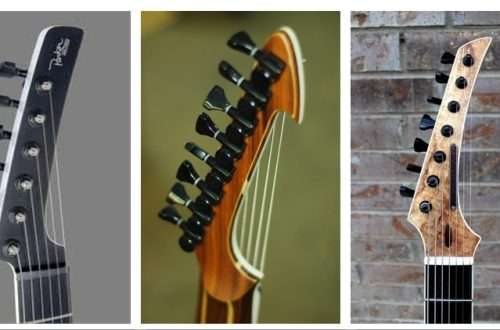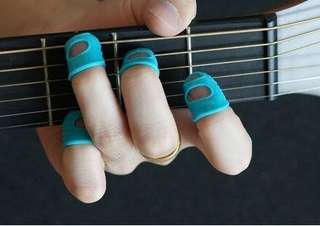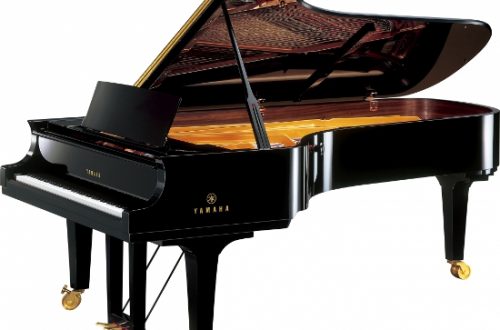
Clarinet, Getting Started – Part 2 – First exercises on the clarinet.
 The first exercises on the clarinet
The first exercises on the clarinet
As we wrote in the first part of our cycle, you don’t need an entire instrument assembled to begin this basic pure sound extraction exercise. We can start our attempts first on the mouthpiece itself, and then on the mouthpiece with the barrel connected.
In the beginning it will be a strange feeling for sure, but don’t worry too much as this is a normal reaction for anyone who starts learning. Don’t blow too hard on the clarinet and don’t put the mouthpiece too deep. Here, everyone has to personally find out how deep the mouthpiece is to put in the mouth, but it is assumed that for the correct positioning, you should look in the range from 1 to 2 cm from the tip of the mouthpiece. It depends on the correct placement of the mouthpiece whether you can produce a clear, clear sound or a wheezing, squeaky squawk. Performing this exercise carefully will help you shape the correct position of your mouth, chin, and teeth while playing and blowing. You will learn to properly control your breathing, which is of great importance when playing wind instruments.
What to pay attention to when practicing the clarinet?
From the very beginning, it is worth controlling our entire posture during the exercises. Your chin should be slightly lowered, and the corners of your mouth should be taut while your cheeks are free, which is not the easiest task to do, especially since we still have to blow air into the instrument. Of course, the right embouchure is a key element here to get the right sound. So, if you are not sure if you are doing this basic exercise correctly, it is worth consulting a competent person. Here, accuracy counts and you need to be patient with these exercises.
When exercising, do not let any air leak at the mouthpiece. Also, don’t puff your cheeks, because the clarinet is not a trumpet. You will only get unnecessarily tired, and you will not get the sound effect by doing so. Correct positioning and seating of the mouthpiece in the mouth is at least half the success, as we talked about in the first part of our cycle. When playing, cover the flaps and holes of the clarinet with your left hand on top and your right hand on the bottom. Keep your fingers not used in a given exercise close to the instrument and its tabs, and this will pay off in the future when performing more difficult exercises with these fingers. When you play, hold your head normally, because the clarinet is going to hit your mouth, not the other way around. Do not frown, because it not only looks ugly, but also limits your breathing, and as we know, proper breathing and bloat are the key elements here. When you play sitting, do not lean on the back of the chair. Remembering to sit up straight, do not stiffen at the same time, as this does not help with the exercise. The fingers, as well as the rest of the body, must work freely, because only then are we able to achieve the appropriate technical efficiency.

Clarinet’s primer, or what is best to practice?
There are of course different schools and different teaching methods, but at my price, one of the best ways to achieve a high technical level is to practice exercises on different scales, with different keys and different articulations. These types of exercises will allow you to fully control the instrument and it will not be difficult for you to play even very difficult and sophisticated solos. Therefore, playing individual scales in all keys should be a priority, because it will not only affect the technical efficiency of our fingers, but above all it is the starting point for the free creation of improvisational runs.
Also, remember to exercise in moderation. If you feel tired and exercise starts to get us better instead of getting better, then getting worse and worse is a sign that we should rest. Lungs, lips, fingers and in fact our whole body is involved while playing, so we have the right to feel tired.
Summation
Building your own musical workshop in the case of the clarinet is a long-term process. Out of the whole group of brass, it belongs to one of the most difficult instruments in terms of education, but without a doubt its capabilities are, compared to other instruments in this group, one of the greatest. The technical mastery of the instrument is one thing, but finding and shaping the right sound is another matter entirely. Musicians often spend many years to find the most optimal and satisfying sound, but we will talk about it in more detail in the oil episode of our series.





